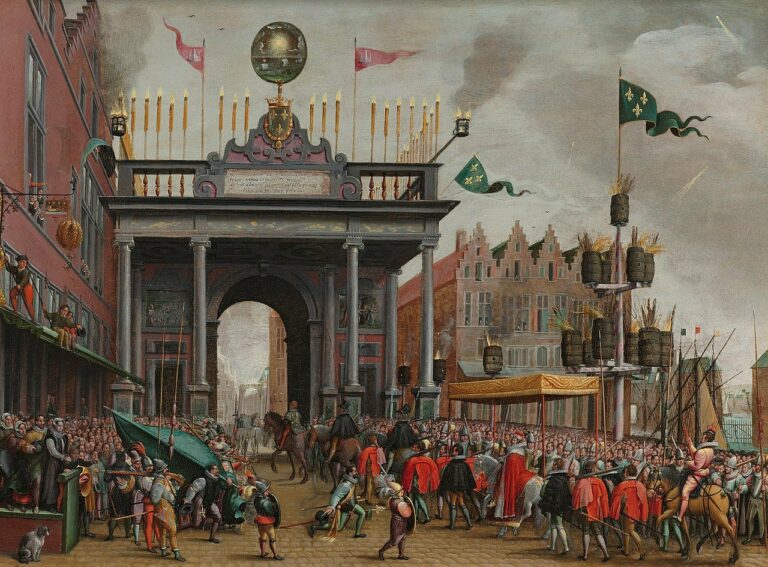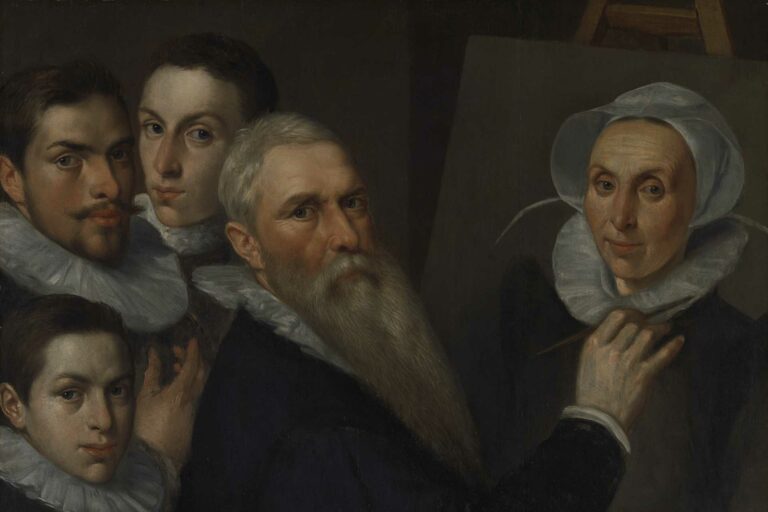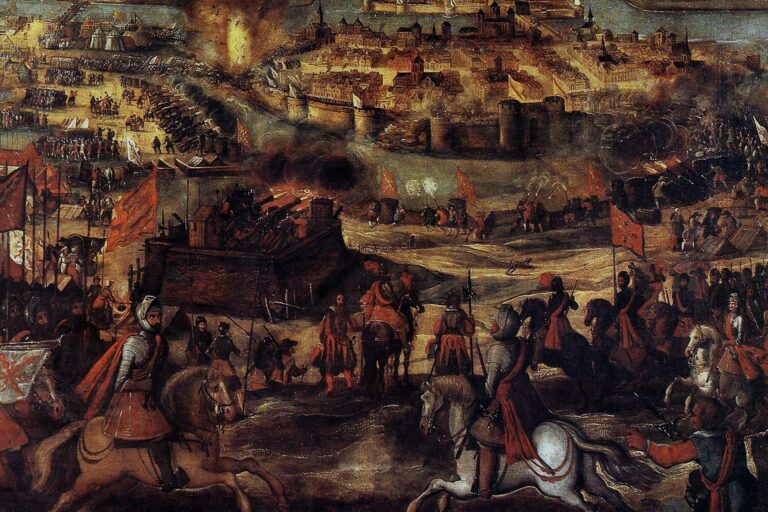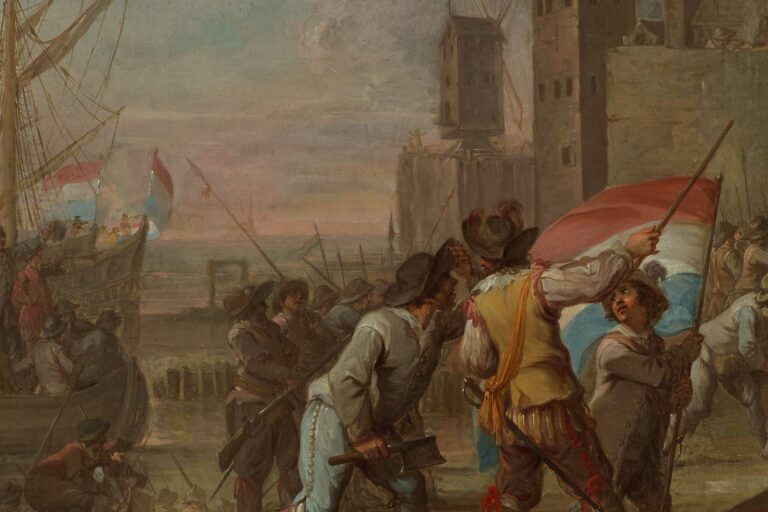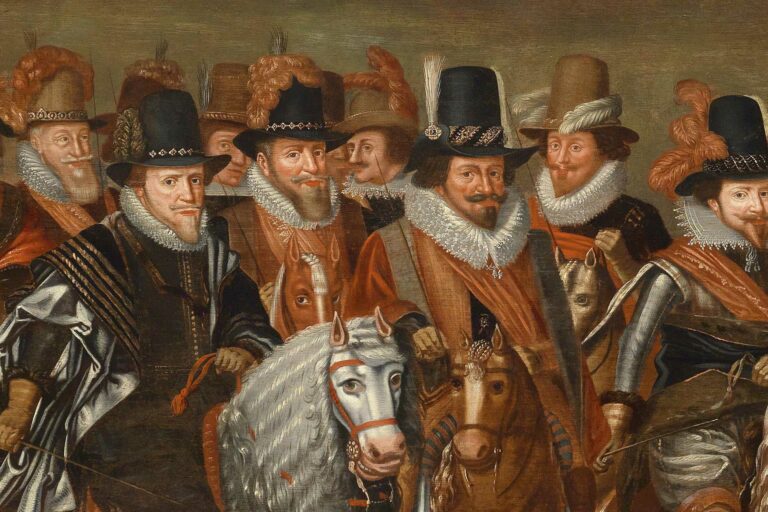Melchior Winhoff’s Book of Laws, the Landtrecht van Averissel
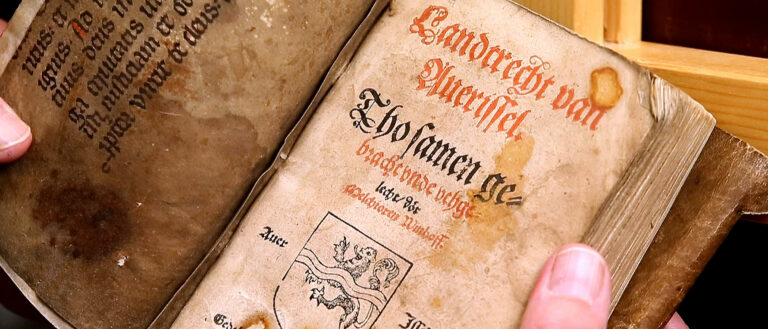
When the government of Emperor Charles V called for all the provinces of the Low Countries to record and publish their regional laws, the newly-formed province of Overijssel was unready to do so. That's when a local lawyer named Melchior Winhoff stepped up.

